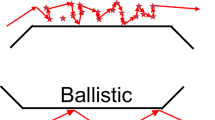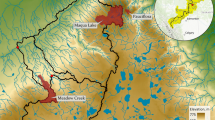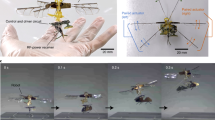Abstract
IN connexion with some experiments, I was led recently to estimate the extent to which a large number of receiving aerials would contribute to the absorbing effect of the earth's surface on wireless waves in resonance with them. A short calculation showed that, with a density of aerial distribution such as now exists in an urban district surrounding a local broadcasting station, the energy absorbed by the aerials should be the decisive factor in determining the surface attenuation. Since the aerials would naturally only effect those waves which were very close to wave-lengths to which they were tuned, it was not difficult to test this conclusion. A number of experiments have been made on the general principle of measuring the intensity of waves which have travelled across a considerable area containing large numbers of broadcasting aerials, the wave-length being gradually varied from just below to just above the normal wave-length of the local broadcasting station (2 LO) to which the majority of the aerials may be assumed to be tuned (that is, a wave-length of 364 metres).
This is a preview of subscription content, access via your institution
Access options
Subscribe to this journal
Receive 51 print issues and online access
$199.00 per year
only $3.90 per issue
Buy this article
- Purchase on Springer Link
- Instant access to full article PDF
Prices may be subject to local taxes which are calculated during checkout
Similar content being viewed by others
Author information
Authors and Affiliations
Rights and permissions
About this article
Cite this article
BARFIELD, R. Effect of a Large Number of Receiving Aerials on the Propagation of Wireless Waves. Nature 119, 195–196 (1927). https://doi.org/10.1038/119195a0
Issue Date:
DOI: https://doi.org/10.1038/119195a0
Comments
By submitting a comment you agree to abide by our Terms and Community Guidelines. If you find something abusive or that does not comply with our terms or guidelines please flag it as inappropriate.



